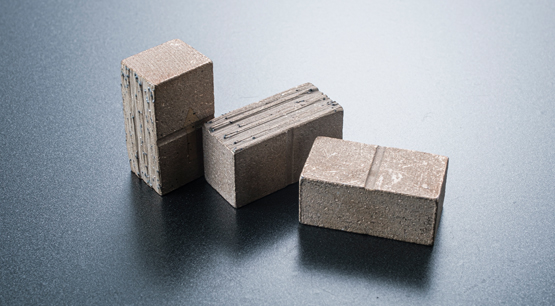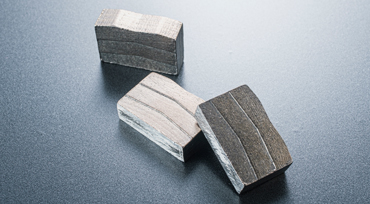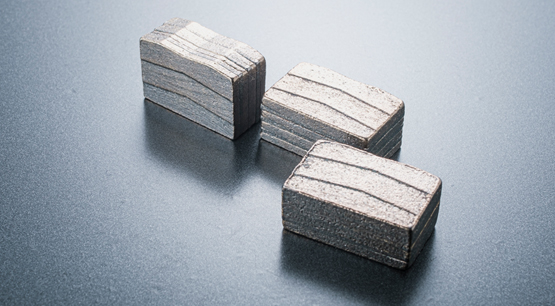When people cut granite, the first cobalt-bond segment was used. The segment of this material is expensive, but the segment has good cutting performance, strong wear resistance, and has a very good grip on diamond, so the service life is relatively long. Therefore, most of the early people used cobalt powder as the main material for the production of segments.
However, cobalt powder is a relatively rare metal, and the output is not high, especially due to the rapid development of the diamond tool industry in recent years, people's demand for cobalt powder is increasing. Another problem is that after the cobalt-bond segment is used, the cobalt powder is washed into the river and farmland with the water flow, causing great pollution. Therefore, people have been thinking about whether other cheap, common and non-polluting metal matrix cobalt powders can be used.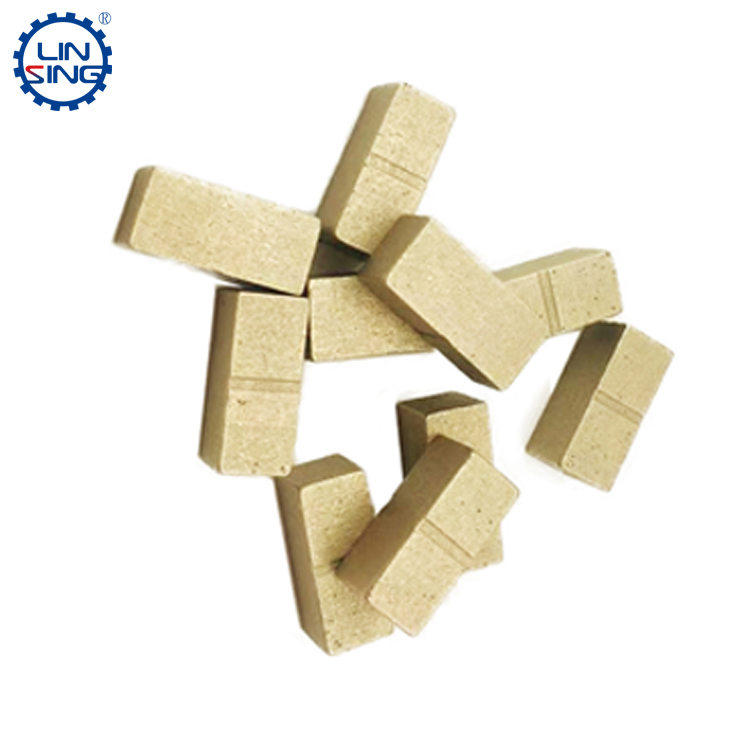
Soon, people found iron powder to replace cobalt powder, Using iron powder as the base powder, the content of the cutter head is kept between 23%-40%, with copper powder (content between 20%-45%), nickel powder (content between 5%-18%) ), and finally with the framework material WC (content between 7% and 20%) to form Fe-Cu-Ni-WC synthetic sintered segment, the strength and hardness will be greatly improved, It has been found that according to the composition of these raw materials, if the metal powder ratio is reasonable, the cutting effect of the cobalt powder segment can almost reach 70-95%, which can fully meet the cutting performance of the diamond segment.
However, the above formula is a relatively immature formula in the early days. Due to the development of diamond segment production technology and synthetic diamond technology, in order to better adapt to the market competition environment, cobalt-based segments have gradually moved from all-cobalt segments to multi-category forms. At present, the cobalt content of cobalt-bond segments on the market includes all-cobalt segments (cobalt powder content of 100%), high cobalt-bond segments (cobalt powder content of 60-99%), medium cobalt-bond segments (cobalt powder content) 40-60% content) and low cobalt-bond segment (15-40% cobalt powder content). Through formula transformation, the product design of cobalt-bond segments has a broader direction, and colleagues also increase the competitiveness of cobalt-bond segments. With the extensive coverage of this practice, the amount of cobalt powder was rapidly reduced, and in the later research and development, it was found that adding some other metals can make cobalt elements better form a more stable matrix bond with other metals. , so that the segment becomes more stable, especially in terms of holding force, and becomes firmer. Of course, many all-cobalt-bond segments still have incomparable advantages of all segments on the market, such as life, wear resistance, abrasiveness, etc., which are better than other segments, but in terms of cost performance, all-cobalt segments are not the best choice.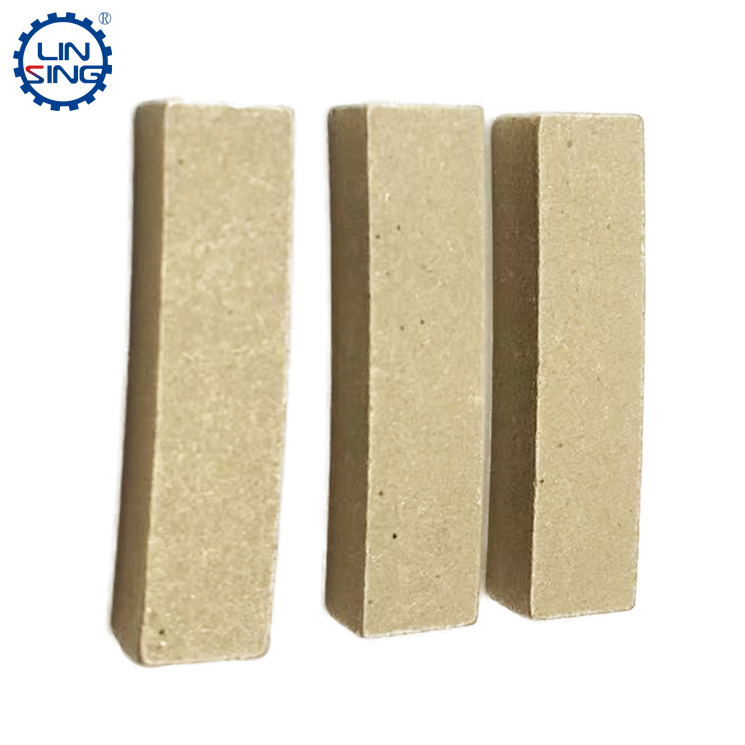
The research and development of iron-bond segments is still in the preparation of the content of iron powder and copper powder. If the content of iron powder is more, it is an iron-bond segment, which has low cost and good wear resistance. However, it is too wear-resistant, which makes it difficult to cut soft stones, so it is widely used for cutting abrasive granite, sandstone and other stones. The cobalt-bond segment is not suitable for cutting granite due to its high price and fast consumption, and has gradually withdrawn from the stone cutting market such as granite and sandstone, Instead, it became active in the cutting of stones such as marble and limestone. If there is less iron powder and more copper powder in the cutter head, the segments called a copper-bond segment. It mainly competes with cobalt-bond segments for the soft stone cutting market such as marble and limestone. At present, copper-bond segments are not comparable to cobalt-bond segments, and their lifespan and stability are weaker than cobalt-bond segments.
In general, the current biggest opponent of cobalt-bond segments is copper-bond segments. However, since cobalt powder and copper powder are currently considered to be combined together, in the future, many metals may make the segment more rational by means of higher technology. It is the question and direction that diamond segment manufacturers must think about in the future.




